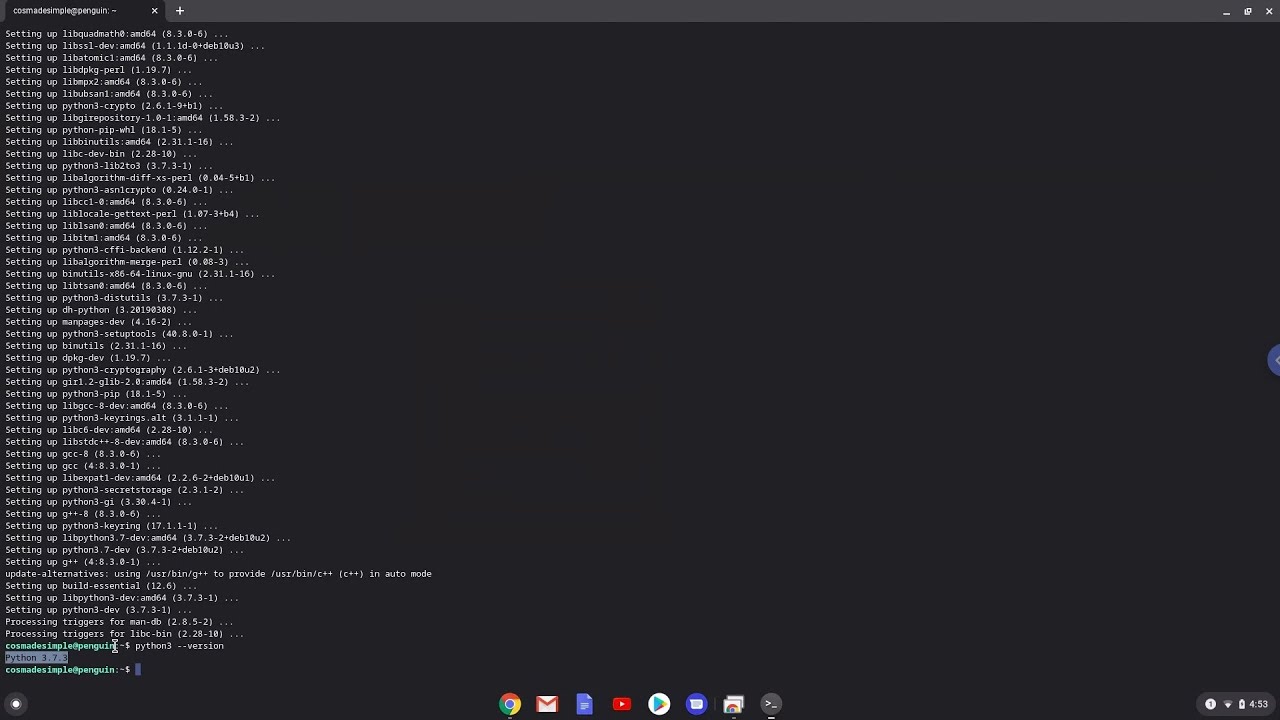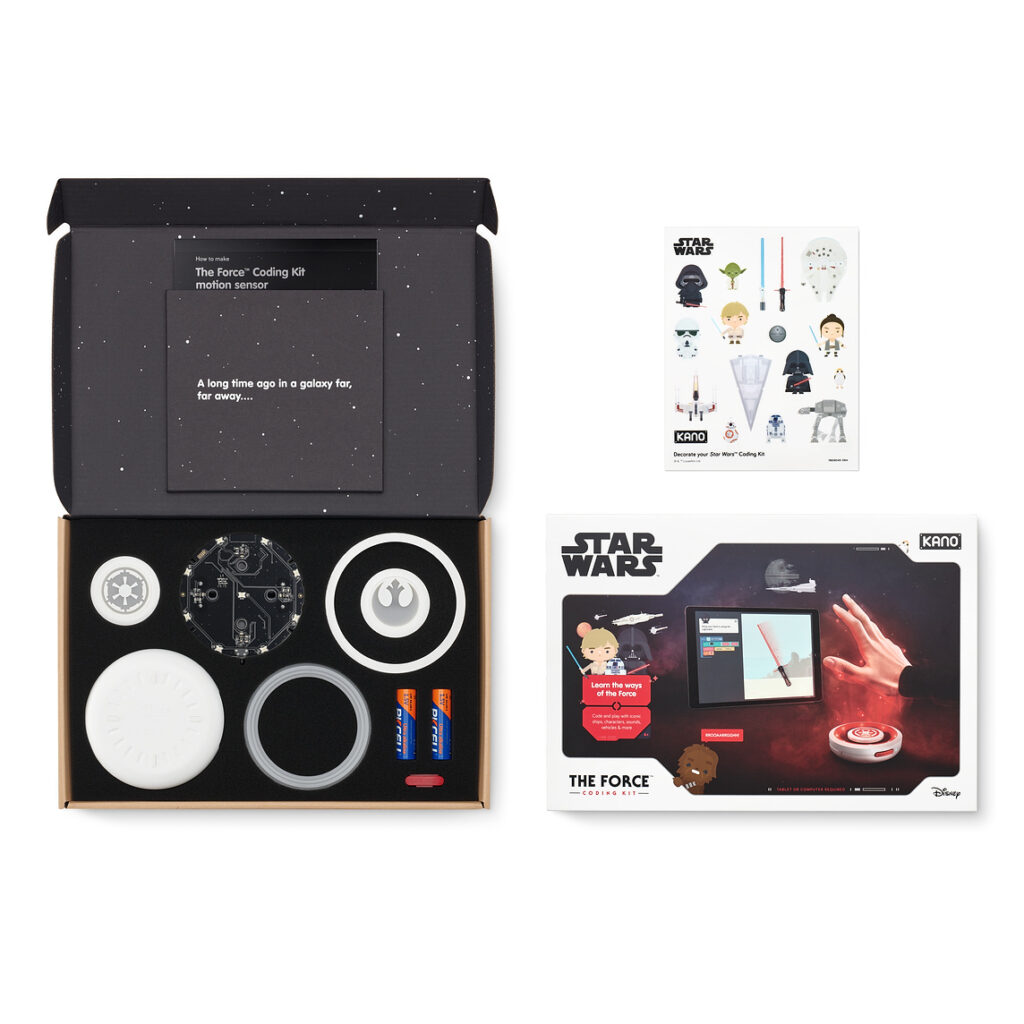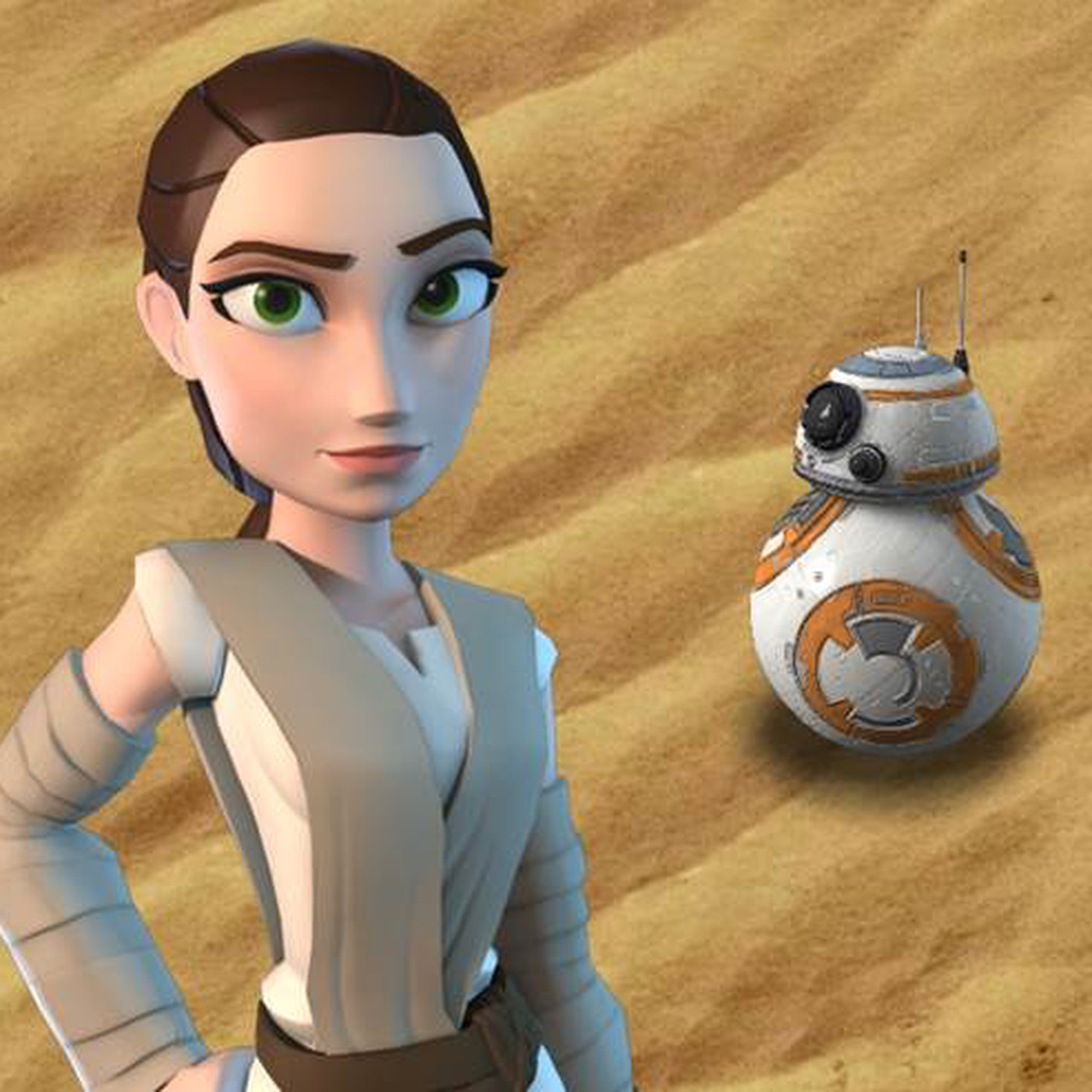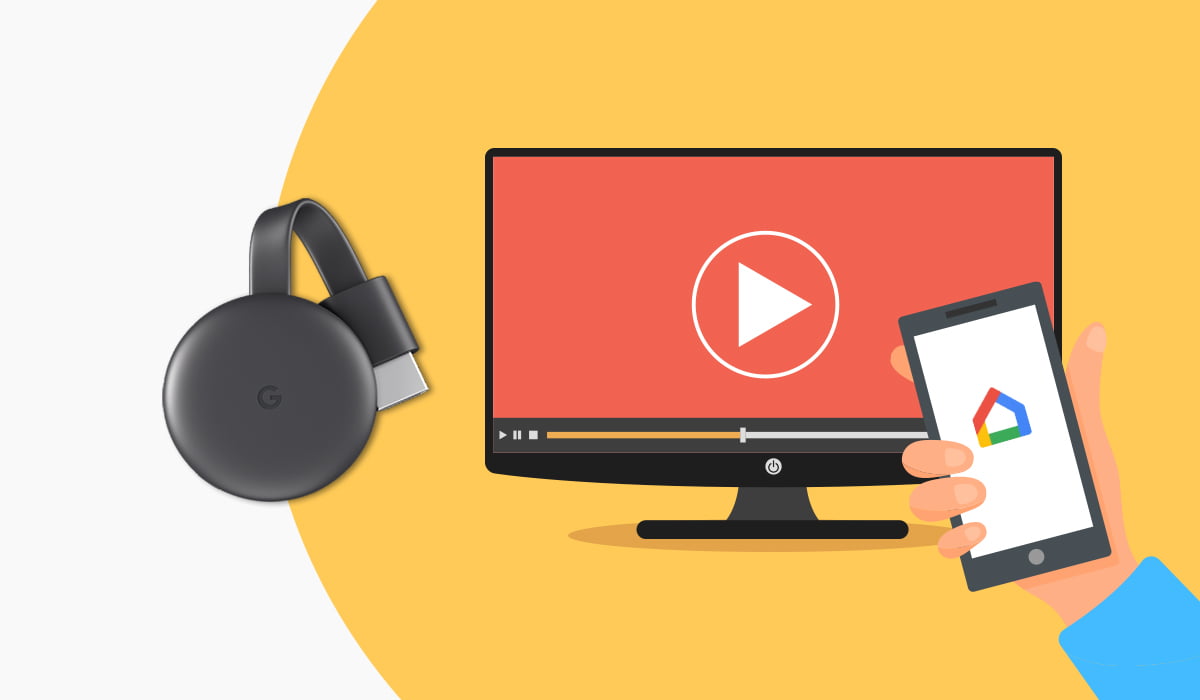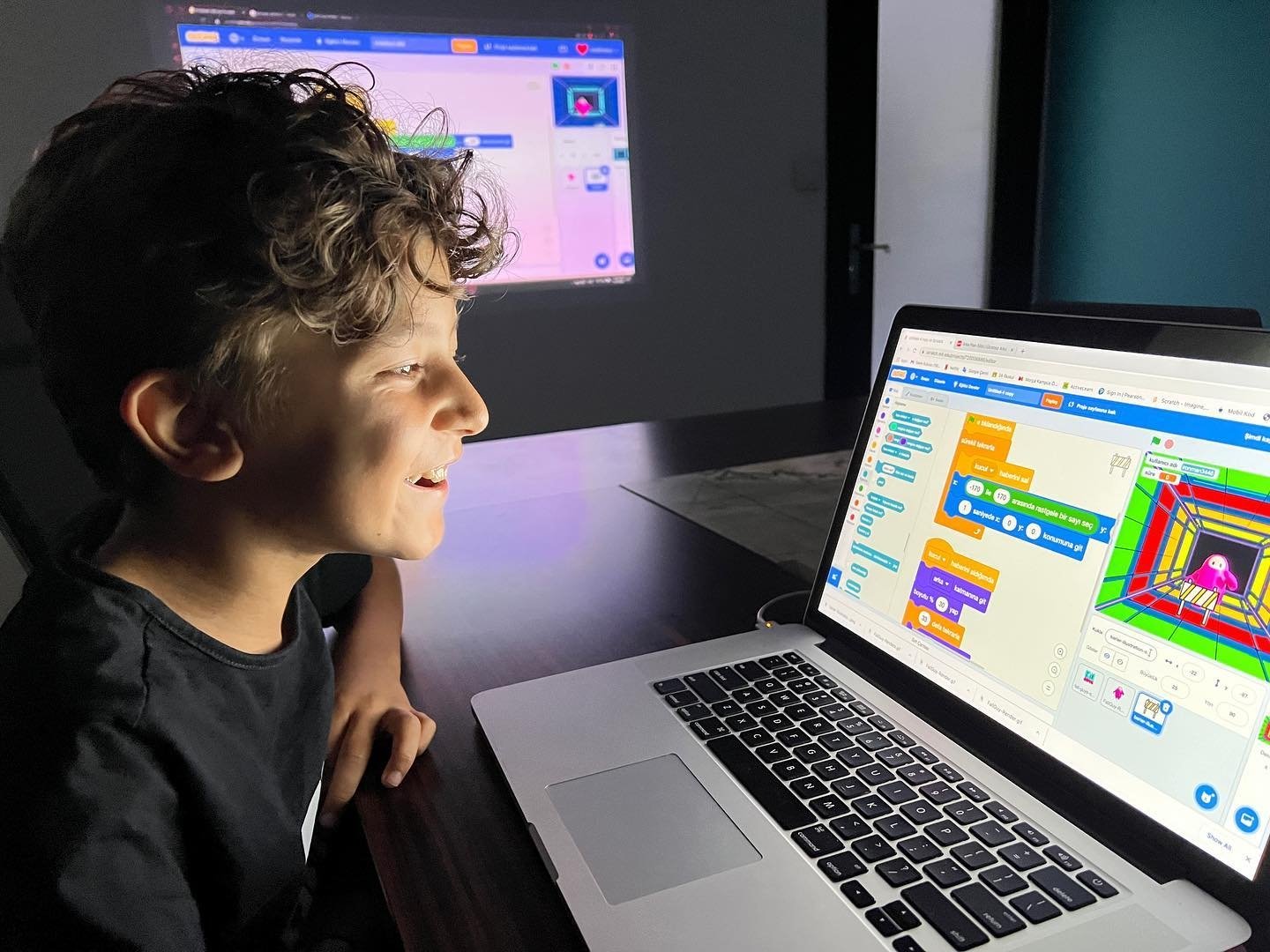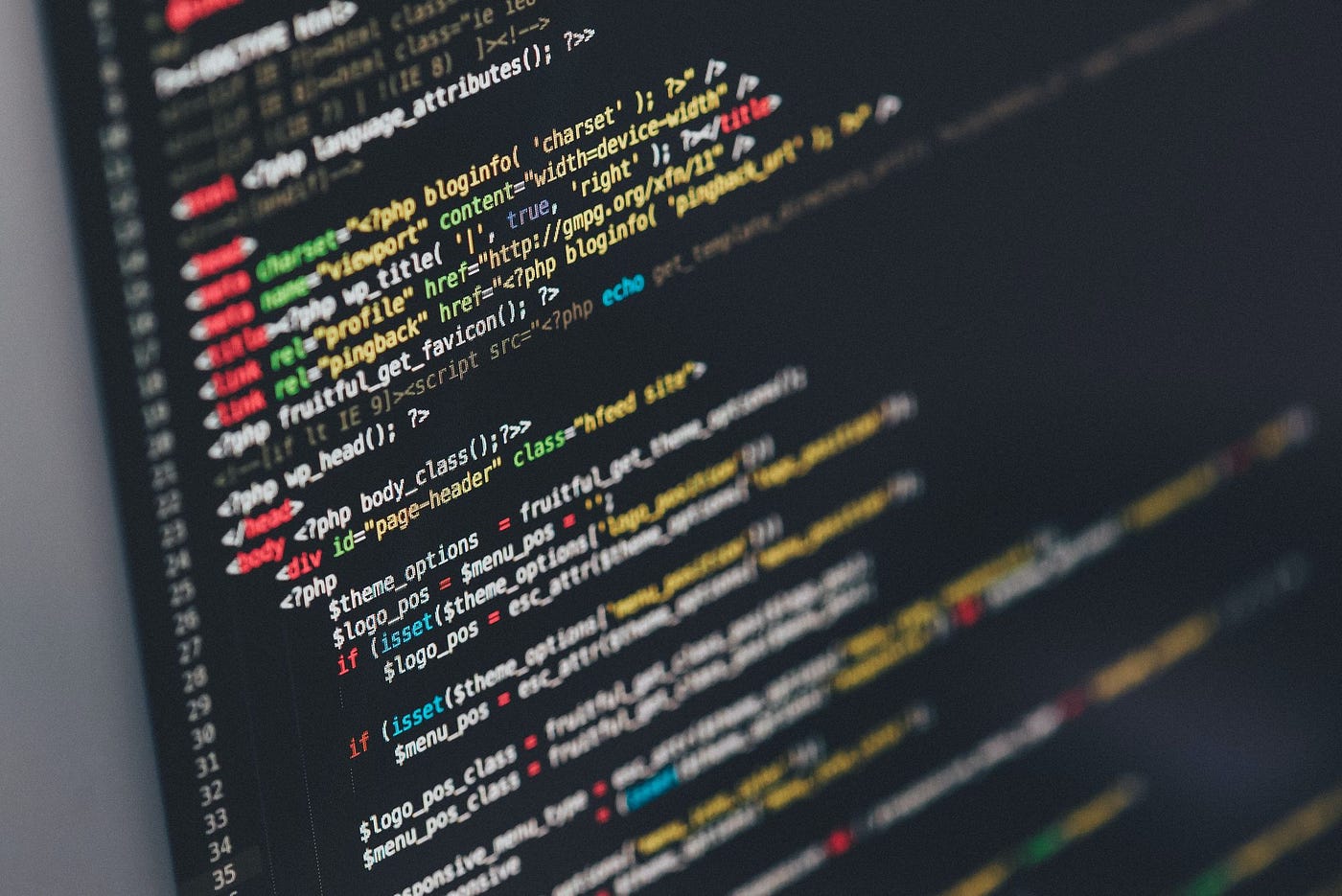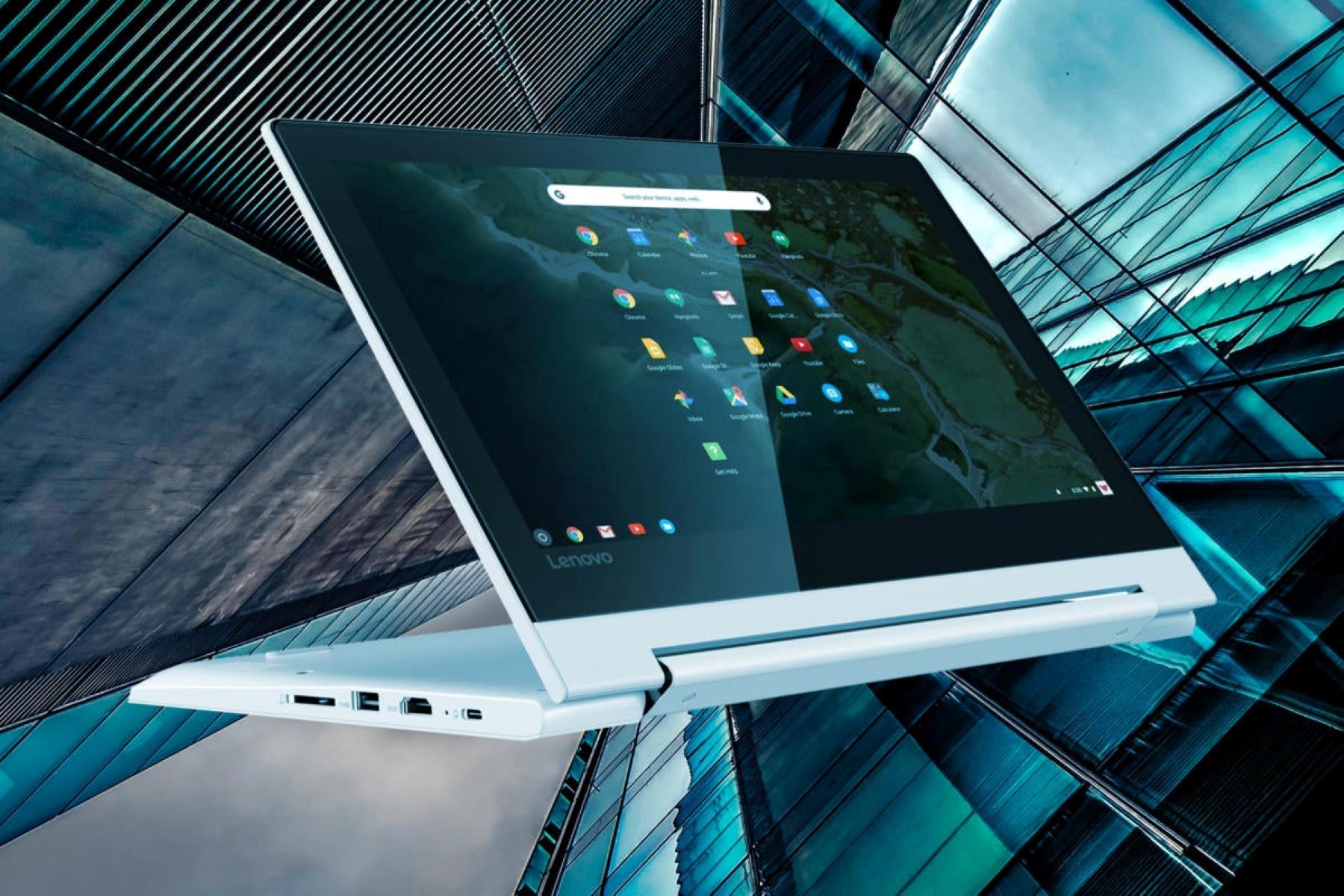Introduction
Welcome to this guide on how to download Python on your Chromebook. Python is a powerful and versatile programming language that is widely used in various fields, including web development, data analysis, and artificial intelligence. By installing Python on your Chromebook, you can unlock a world of possibilities and take advantage of its extensive range of libraries and frameworks.
Chromebooks have become increasingly popular due to their affordability, portability, and simplicity. While they predominantly run web-based applications, Chromebooks also support Linux applications through the Linux (Beta) feature. This enables you to run traditional desktop applications, such as Python, on your Chromebook.
In this guide, we will walk you through the process of enabling Linux (Beta) on your Chromebook and installing Python. Whether you are a beginner looking to learn programming or an experienced developer wanting to utilize Python on your Chromebook, this guide has got you covered.
Before we dive into the installation process, it is important to ensure that your Chromebook meets the requirements and that you have the necessary access and permissions to install and configure Python. Let’s get started!
Requirements
Before proceeding with the installation of Python on your Chromebook, make sure you meet the following requirements:
- A Chromebook with Linux (Beta) support: Not all Chromebook models have support for Linux applications. To check if your Chromebook supports Linux (Beta), go to Settings, navigate to the Linux (Beta) section, and enable it if available.
- Chrome OS version 69 or later: Ensure that your Chromebook is running on Chrome OS version 69 or a later version. You can check your Chrome OS version by clicking on the “Settings” icon in the bottom-right corner of your screen, selecting “About Chrome OS”, and checking the version number.
- Sufficient storage space: Python and its associated packages require a certain amount of storage space. Make sure your Chromebook has enough available storage before proceeding with the installation.
- Stable internet connection: An active and stable internet connection is necessary to download and install Python and its packages efficiently.
- Administrative access: Depending on your Chromebook’s settings, you may need administrative access or permission to install and configure Python.
It is essential to meet these requirements to ensure a smooth installation process and to have a fully functional Python environment on your Chromebook. Once you have confirmed that your Chromebook meets these requirements, you can proceed to enable Linux (Beta) on your device.
Enabling Linux (Beta) on your Chromebook
To install and run Python on your Chromebook, you need to enable the Linux (Beta) feature. Follow these steps to enable Linux (Beta) on your Chromebook:
- Click on the time in the bottom-right corner of your Chromebook screen to open the system tray.
- Click on the gear icon to access the Settings menu.
- In the Settings menu, scroll down and click on “Linux (Beta)” in the left-hand sidebar.
- Click on the “Turn On” button in the Linux (Beta) section.
- A dialog box will appear explaining that Linux (Beta) is being installed. Click on “Install” to proceed.
- Once the installation is complete, a terminal window will open, and you’ll be prompted to set up a Linux username and password. Follow the on-screen instructions to complete the setup.
- After the setup is finished, you now have Linux (Beta) enabled on your Chromebook.
Enabling Linux (Beta) on your Chromebook allows you to run Linux applications and utilize a full-fledged operating system alongside Chrome OS. This opens up possibilities for installing and using programming tools, such as Python, on your Chromebook.
Now that you have Linux (Beta) enabled, it’s time to proceed with the installation of Python on your Chromebook.
Installing Python on your Chromebook
Now that you have Linux (Beta) enabled on your Chromebook, it’s time to install Python. Follow these steps to install the latest version of Python:
- Open the terminal on your Chromebook by pressing
Ctrl + Alt + T. - Type the following command into the terminal and press Enter:
sudo apt updateThis command updates the package lists for upgrades and new installations.
- Next, type the following command and press Enter to install Python:
sudo apt install python3This command installs Python 3, which is the recommended version for most applications.
- You may be prompted for your password. Enter your Linux username password and press Enter to continue.
- The installation process will begin, and it may take a few moments to complete. The progress will be displayed in the terminal.
- Once the installation is finished, you now have Python installed on your Chromebook.
Congratulations! You have successfully installed Python on your Chromebook. You can now start writing and running Python programs right from your Chromebook’s Linux environment.
It’s important to note that the installed Python package includes the Python interpreter and basic libraries. If you require additional third-party libraries or frameworks, you can use package managers like pip or apt to install them.
Now that Python is installed, let’s move on to configuring Python to make it more convenient and optimized for your Chromebook.
Configuring Python for your Chromebook
After installing Python on your Chromebook, it’s worth considering some configuration steps to optimize your Python development environment. Here are a few recommendations:
- Virtual Environments: Set up virtual environments to isolate project dependencies and ensure consistency across different projects. To create a virtual environment, open the terminal and type:
python3 -m venv myenvReplace “myenv” with your desired environment name. To activate the virtual environment, use the following command:
source myenv/bin/activate - Upgrade pip: Pip is a package manager for Python. To upgrade pip to the latest version, run the following command in the terminal:
pip install --upgrade pip - Install additional packages: If you require specific Python packages for your projects, you can install them using pip. For example:
pip install package_nameReplace “package_name” with the name of the package you want to install.
- Edit configurations: Customize your Python configurations, such as changing the default text editor or configuring the Python path, by editing the “bashrc” file in your home directory:
nano ~/.bashrc
These are just a few configuration options to get you started. Python offers a wide range of customization and flexibility, allowing you to tailor the environment to your needs.
With Python installed and configured on your Chromebook, you are now ready to embark on your Python programming journey. Happy coding!
Conclusion
Congratulations! You have successfully installed and configured Python on your Chromebook. By enabling Linux (Beta) and installing Python, you have unlocked a world of possibilities for programming on your device.
Python is a versatile programming language used in various domains, including web development, data analysis, and artificial intelligence. With Python on your Chromebook, you can now start writing and running Python programs, exploring libraries, and building your own projects.
Remember, before installing Python, ensure that your Chromebook meets the necessary requirements. Enable Linux (Beta) in the Chromebook settings, and then follow the installation instructions in the terminal. You can further configure Python by setting up virtual environments, upgrading pip, installing additional packages, and customizing your Python configurations.
Throughout your Python journey, don’t hesitate to explore online resources, tutorials, and communities to enhance your knowledge and skills. The Python community is vibrant and supportive, offering ample learning opportunities and solutions to any challenges you may encounter.
Now, armed with Python on your Chromebook, let your creativity take flight. Build web applications, analyze data, automate tasks, or dive into the exciting world of machine learning and artificial intelligence. The possibilities are endless!
Happy coding!







